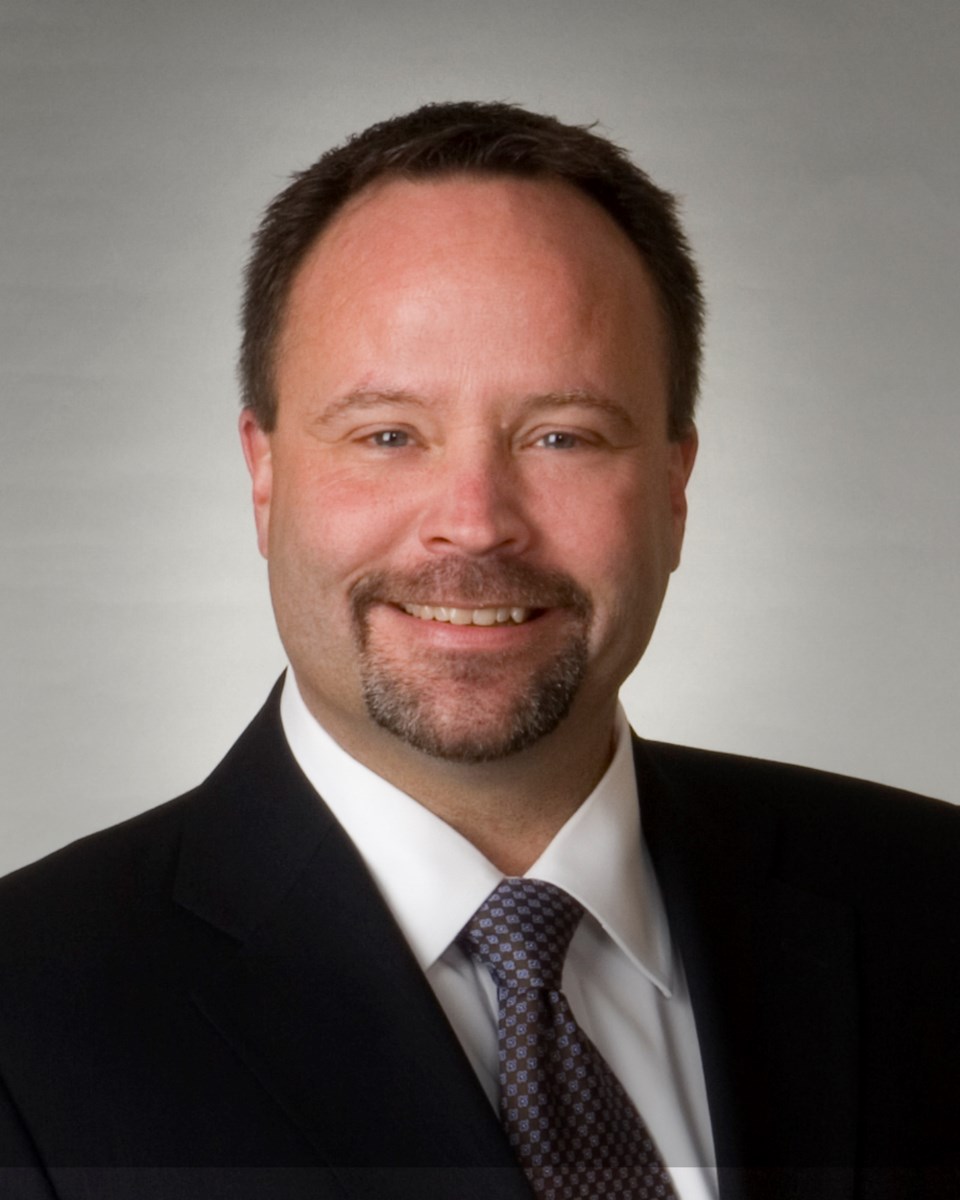A committee has been formed to look at ways to help drivers feel safe on the road again.
After seeing a spike in fatalities last year, an all-party traffic safety committee was struck by the legislature to improve traffic safety and reduce fatalities by examining factors such as impaired driving, distracted driving, excessive speed, intersection safety and wildlife collisions. The committee will also provide recommendations regarding education and public awareness issues related to traffic safety.
Sask. Party member Darryl Hickie is chairing the committee, while the NDP's Danielle Chartier is acting as deputy chair.
At the Estevan meeting on May 28 at the Days Inn Fireside Room, the Time to Twin committee made submissions to the provincial committee, as did Estevan resident Don Kindopp, who gave testimony on personal experience driving on the local highways, and Greg Wallin, Town of Lampman administrator, who spoke about some of the road-safety concerns in his municipality. Wallin also talked about the enhanced RCMP program that will add an officer to patrol in the RM of Browning and RM of Coalfields.
From the submissions, it was clear all witnesses to the committee considered a greater number of police cruisers on the road would be helpful. That's something Hickie was expecting after previous meetings in Regina and consultation with SGI.
"(Enforcement) is a factor we have to give consideration to. SGI has indicated to us that they believe additional highway traffic enforcement through the RCMP would be important as a means to reduce overall fatalities. Presence, right? It's a deterrence," said Hickie.
He said the policing division of the Ministry of Justice believes that immediate redeployment of officers, as well as hiring new officers committed just to traffic safety in the short term, is a quick step that can be taken.
"It seems to me that additional enforcement will be a recommendation coming forward, to be sure," added Hickie.
Marge Young, co-chair of the Time to Twin committee, urged the committee to recommend policies that would make Highways 39 and 6 from North Portal to Regina safer. She cited the elevation of heavy truck traffic as being the primary safety concern on that stretch of highway.
She noted there is a lot of semi traffic because of the $12 billion in trade that goes through the North Portal border crossing each year. The federal government, she said, has also allocated $10 million to renovate the port of entry to allow more truck traffic.
Between more traffic being encouraged out of the port, and the new facility at Northgate that will add about 300 to 400 tanker trucks and about 75 grain trucks on the local highway system, she said the traffic flow will only get more dense.
The Time to Twin committee's goal is to inspire the twinning of Highway 39 and 6 from Estevan to Regina, but Hickie said his committee is not going to make recommendations for local solutions. Twinning highways are local issues, and he said they are looking to pitch province-wide policies.
"We can't make a recommendation from a local perspective, one-offs I call them," said Hickie. "However, what was very beneficial to hear from the committee today was that they also recognized there are projections for growth in the area. What the committee can recommend in this case is that we would recommend that the Ministry of Highways works closely again with groups like this Time to Twin to really do projected analysis as to traffic demands moving into the future. That's the kind of thing we'll be looking at."
He noted broader suggestions like that are what the committee can make. Highway signage is one they can recommend, particularly if better signage could be utilized around intersections.
After some meetings with stakeholders and members of the public, Hickie said the committee is open to all recommendations that enhance traffic safety in the province.
All the recommendations of the previous traffic committee in the 1990s were enacted over time, so Hickie said action will come out of these public meetings.
"Some of the recommendations will be immediate. Some quick legislative changes involving, possibly, handheld devices can be done quickly. Regulation changes are faster than act changes," said Hickie.
Other things may take longer, particularly if the committee recommends a study be completed that could identify more ways to reduce fatalities on the road.
Hickie noted whatever recommendations they make or policies the government enacts, there is still an onus on drivers to take some responsibility behind the wheel to drive in a safe manner.
"I want to see zero fatalities," he said, "but we can't legislate smart."
The committee will be looking at all submissions from the public and presenting their shortlisted recommendations to the legislature later this year.
The committee is accepting written recommendations until June 6. Those wishing to submit recommendations must e-mail them to [email protected]




